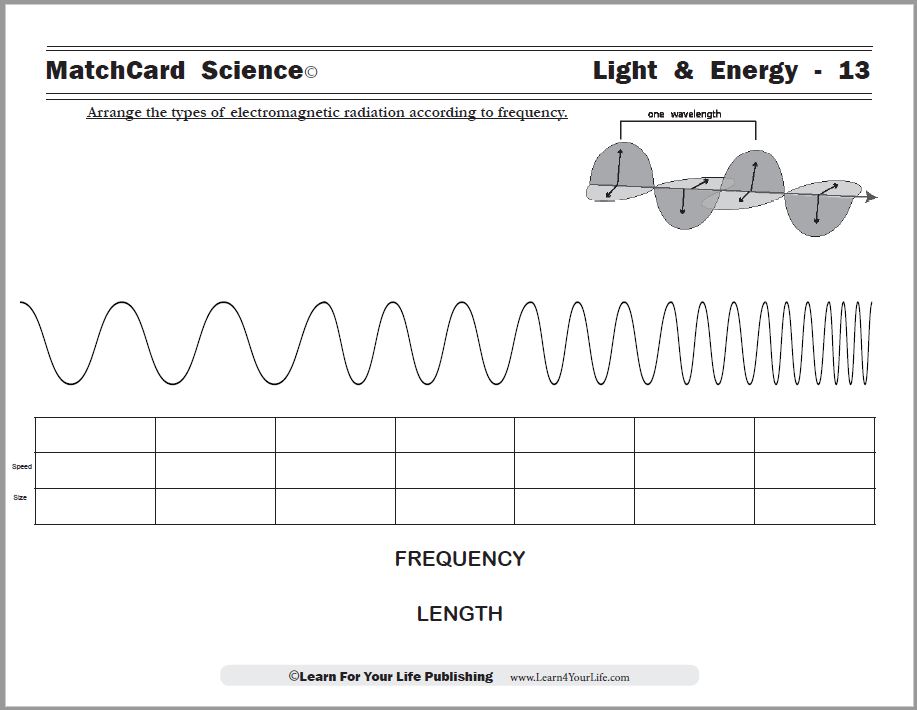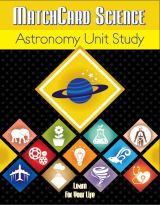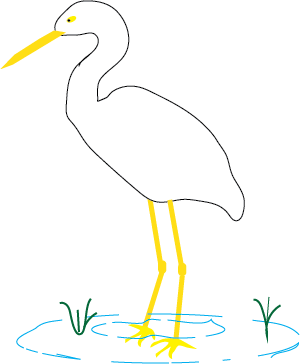Triangular Prism
Experiment with the triangular prism to study visible light.How Does the Triangular Prism Work?
What Can I Do With The Prism?
Project a small beam of lightThere are two ways you can project a small beam of light into your crystal:
- 1. Cover a window on a sunny day so the light does not show through. Let a small beam of light in by cutting a slit in a black piece of paper. Or you may have a window covering that will allow only a small beam of light in.
- 2. Cut a piece of black construction paper so it will fit over the front of a flashlight. Cut a small slit in the black paper. Tape it to the front of the flashlight. Turn the flashlight on so only a small beam of light is emitted.
Hold your crystal so that the beam of light from the black paper hits the side of the triangular prism.
Direct the light coming out of the flat side of the prism to a white surface
The light which passes out of the other side of the prism should be directed to a white surface. Use a white piece of cardboard, or cover a thin book with a white sheet of paper. This will serve as a screen for the light spectrum.
Note the colors of the rainbow
The colors of the rainbow always appear in the same order. This was the same experiment that Newton performed that led to his theory of visible light.

Learn more about the Light Spectrum with the Light Spectrum MatchCard.
>More Discoveries with the Triangular Prism
The particular light crystal prism has some unique characteristics. One end is at a 90 degree angle and the other end is at a 45 degree angle.- Put one end of the prism flat side down on a multi-colored surface. Note what you see.
- Put the other side down. How is it different?
- Spin the prism and note the kaleidoscope of colors.
- On a white sheet of paper, write a small asymmetrical letter such as "f." It should be about 1/4 inch high.
- Now look at the letter with the different sides down as you did above.
- How many different letters do you see at the different angles?
- Which letters are forward and which are backward?
- Can you see the letter from any of the sides?
Make A Periscope
Now we get into some spying adventures.You will need a tube, such as a paper towel, wrapping paper tube, or toilet paper tube. The longer, the better.
You can actually make a tube by rolling up your hand and looking into one end of it. That isn't as much fun, but it is always available.
Stand the triangular prism up on its flat end in the middle of the room. Put the tube right in front of it. Guess what you will see before looking into the tube.
You will have a periscope that can see objects to the side. Discuss how the periscopes on submarines worked.
Telescopes and Periscopes and Such
Pick a small object in the room, such as a door knob.One side at a time, place the different sides of the triangular prism at the end of the tube.
Before looking into it, predict where you will have to stand and direct your telescope in order to see the object?
Repeat with the other four sides.
Double the Fun
If you have TWO triangular prisms, you can double the fun:- Direct the light into the angled side as explained above. The rainbow will come out the flat side.
- Place a second prism so the flat side of the second prism catches the rainbow coming out of the first prism.
- The angles will refract the rainbow back into a single beam of white light coming out of the second rainbow.
Make Your Own Prism
If you don't have a second prism (or even a first) here is another way to create the first rainbow. This experiment will take two set of hands.- Fill a glass half full of water.
- Have one person hold the glass so it is half on and half off of a table.
- Using the flashlight covered with black paper (described above), project the beam through the glass onto the floor below.
- If you do not have a white floor, place a white sheet of paper on the floor to catch the rainbow.
- Now direct the rainbow into the angled side of your triangular prism.
MatchCard Science
How To Use MatchCards

Download the FREE MatchCard Science Instructor's Guide and see how MatchCards can make building their science knowledge base fun.
Astronomy Unit Study

Explore the universe with the MatchCard Science Astronomy Unit Study..
12 Science Unit Studies

Chemistry is only one of twelve complete unit studies for kids in 3rd to 8th grade.
Comprehensive objectives, hands-on projects, suggested science fair experiments, and the fun game-like MatchCards keep them interested in learning science. See all twelve MatchCard Science Unit Studies.


About Our Site
Hands-On Learning













